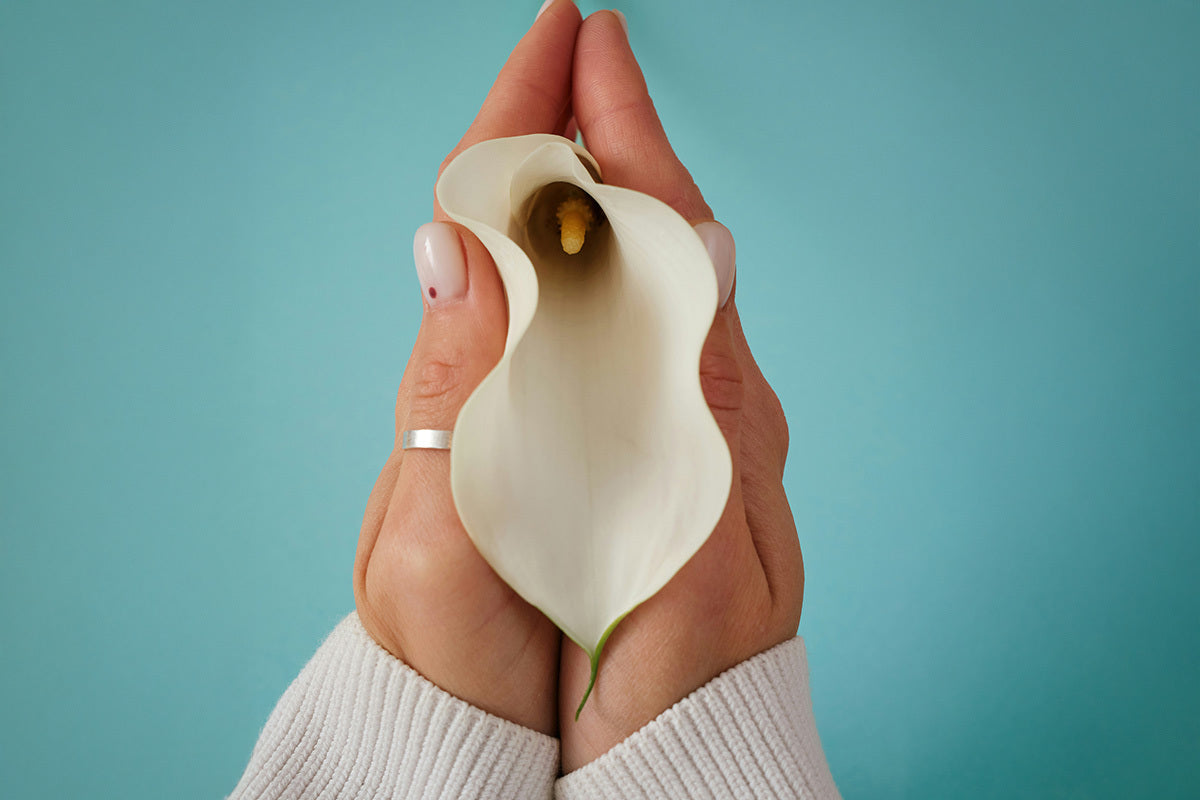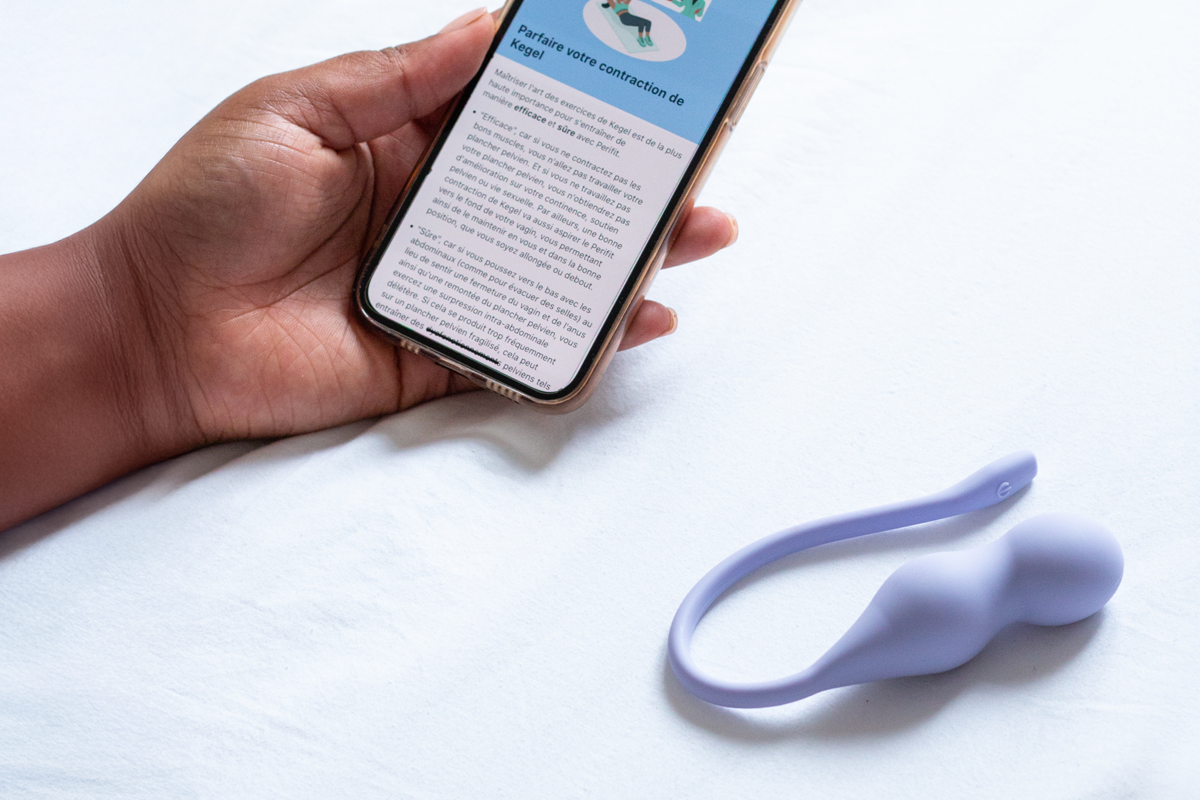Ever felt like your lower body needs some TLC? Pelvic floor massage can be a game-changer for anyone looking to boost their down-there health. Whether you're dealing with pregnancy discomfort, postpartum recovery, or just want to show your pelvic muscles some love, this guide's got you covered. We'll dive into the nitty-gritty of internal and external techniques, from deep tissue work to self-massage tricks you can do at home. Curious about how pelvic floor massage can benefit you? Stick around as we explore ways to relax those all-important muscles, helping you feel more comfortable and confident in your own skin.
What is a pelvic floor massage?
Pelvic floor massage is a therapeutic technique that targets the muscles supporting your pelvic organs. This group of muscles, known as the pelvic floor, forms a hammock-like structure from your pubic bone to the base of your spine. These muscles can weaken or tighten due to factors like pregnancy, childbirth, or aging.
A pelvic floor massage aims to relax crucial muscles. It can be performed internally or externally, depending on your needs and comfort level. Internal pelvic floor massage involves gentle manipulation of the muscles through the vagina, while external massage focuses on the surrounding area.
Whether you're dealing with pelvic floor dysfunction or simply want to maintain optimal pelvic health, this technique can be a valuable addition to your wellness routine.
What are the benefits of a pelvic floor massage?
Pelvic floor massage offers numerous advantages for your overall well-being. This technique can significantly improve bladder and bowel control, reducing issues like incontinence. It's also effective in alleviating pelvic pain, including discomfort during intercourse.
Enhanced muscle function
Pelvic floor massage helps relax the pelvic floor muscles, reducing tension and promoting better muscle function. As chronic tension and tightness decrease, the muscles can regain their full range of motion. Once fully lengthened, these muscles are better able to function at their full potential, leading to improved strength and overall performance.
Improved sexual health
By increasing blood flow and muscle awareness, pelvic floor massage can boost sexual function and pleasure. It's particularly beneficial if you're experiencing pain or discomfort during intimate moments by reducing tension.
Pregnancy and postpartum support
For those who are pregnant or have recently given birth, pelvic floor massage can be especially helpful. It can aid in perineal healing after childbirth and help prepare the body for delivery, potentially reducing the risk of tearing during childbirth.
Is pelvic floor massage safe during pregnancy?
Pelvic floor massage during pregnancy is generally considered safe and can offer several benefits. Perineal massage from 35 weeks onwards (1) may help reduce the risk of tearing during childbirth. This technique involves gently stretching the area between the vagina and rectum to improve elasticity.
For optimal results, combine pelvic floor massage with regular pelvic floor exercises during pregnancy. This holistic approach can help lengthen your pelvic muscles and prepare your body for childbirth and recovery.
However, it's crucial to consult your healthcare provider before starting any new practices during pregnancy.
💡 Pregnancy massage, including pelvic floor techniques, can be beneficial for managing pain and stress without significant side effects (2).
How to perform a pelvic floor massage safely?
Internal massage
To perform an internal pelvic floor massage safely, follow these steps:
- Wash your hands thoroughly with soap and water for at least 20 seconds. Sanitization is key to avoid infection.
- Sit or lie down in a comfortable position with your knees supported by pillows. Take some deep breaths to relax your muscles. Apply a water-based lubricant to one or two fingers. Some find using their thumb to perform massage is more comfortable to access the bowl of muscles within the pelvis.
- Gently insert a lubricated finger into the vagina aiming toward your lower back.
- Locate the pelvic floor muscles by pressing downward onto the bowl of muscles.
- Gently press down or swipe your finger along the bowl of muscles until tension or discomfort is found. Apply gentle pressure along sensitive spots.Hold for a count of 10-15 seconds on any particularly tight spots. Then release and move to the next area. Be sure to breathe and check in throughout massage that your legs are not tensing up
- Massage in this way for 5-10 minutes. Start and end gently, avoiding abrupt movements.
- When you're finished, remove your fingers and wash your hands again.
💡 Pelvic wands (S-shaped tools) can be used to access deep pelvic floor muscles. It is important to seek guidance on how to properly navigate the pelvic floor with a wand to avoid frustration and difficulty. The use of a pelvic wand is a common practice as part of a discharge program from pelvic floor physical therapy.
External massage
For an external pelvic floor massage, follow these steps:
- Sit or lie in a comfortable position.
- Place your fingertips along the sides of your vaginal opening and apply gentle pressure. Maintain pressure for 10-15 seconds or until tension releases.
- Then repeat, applying pressure along the perineum and down toward sit bones addressing remaining tension.
- Breathe deeply and relax your body during the massage.
How often should you get a pelvic floor massage?
The frequency of pelvic floor massage can vary depending on your individual needs and circumstances. For pregnant individuals, daily perineal massage is recommended from 34 weeks of pregnancy until delivery (3), or at least 3-4 times per week. This can help reduce the risk of perineal trauma during childbirth.
For those dealing with pelvic floor dysfunction, the frequency may differ. While there's no one-size-fits-all answer, consistency is key when it comes to pelvic floor therapy. Your healthcare provider might recommend several months of regular sessions before you see significant improvements.
Remember, pelvic floor massage is just one aspect of pelvic health. Incorporating daily Kegel exercises can help maintain pelvic floor strength once pain has resolved with massage. Start with 10 repetitions twice a day, gradually increasing as your muscles get stronger.
What are the risks or side effects of pelvic floor massage?
While pelvic floor massage can be beneficial, it's important to be aware of potential risks and side effects. Generally, when performed correctly, pelvic floor massage is considered a conservative and low-risk treatment. However, there are a few things to keep in mind.
Discomfort and soreness
You might experience some temporary discomfort or soreness after a pelvic floor massage. This is usually mild and should subside quickly. If you feel significant pain during or after the massage, stop and consult a healthcare professional.
Infection risk
As with any internal massage, there's a small risk of infection. Always ensure your hands and any tools used are clean. If you have any cuts, sores, or infections in the area, avoid massage until they've healed.
Potential complications
In RARE cases, overly aggressive massage techniques could lead to bruising or damage to sensitive tissues. It's crucial to use gentle pressure initially and let pain be your guide. If you're pregnant or have certain medical conditions, consult your doctor before trying pelvic floor massage to ensure it's safe for you.
When should I see a physical therapist for pelvic floor massage?
If you're experiencing persistent pelvic discomfort or dysfunction, it may be time to consider pelvic floor physical therapy. A specialist can provide targeted pelvic floor massage and other techniques to address various issues.
Signs it's time to seek help :
- Urinary or fecal incontinence
- Chronic pelvic pain or discomfort
- Sexual dysfunction and pain with intercourse
- Difficulty with bowel movements
- Pelvic organ prolapse
These symptoms often don't improve on their own, so professional intervention is crucial. A physical therapist can perform internal pelvic floor massage and teach you techniques for self-massage of pelvic floor muscles at home.
During your visit, the therapist may use various methods, including deep tissue massage of pelvic muscles, biofeedback, and exercises to strengthen or relax your pelvic floor. They'll create a personalized treatment plan to address your specific needs and help you regain control over your pelvic health.
Whether you're dealing with pregnancy changes, postpartum recovery, or just want to show your pelvic muscles some love, these techniques can be game-changers. From internal pelvic floor massage to external techniques, you've got options to massage those deep tissues and keep everything functioning smoothly down there. Remember, consistency is key when it comes to pelvic floor exercises and self-massage. Your pelvic floor does a lot for you, so return the favor by giving it some TLC. With practice, you'll be a pro at keeping those muscles strong and supple. Your body (and bladder) will thank you!
Sources:





